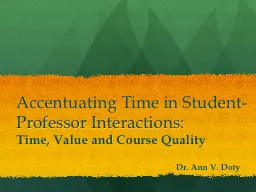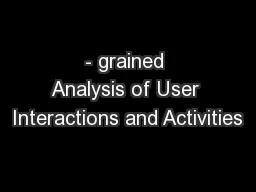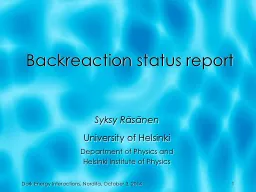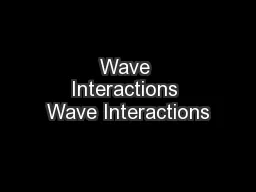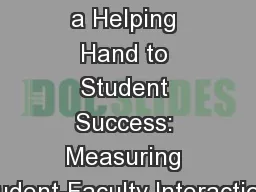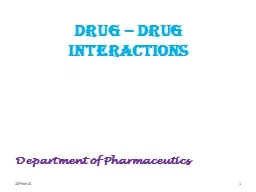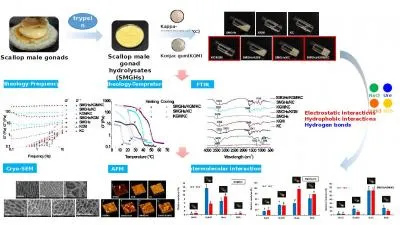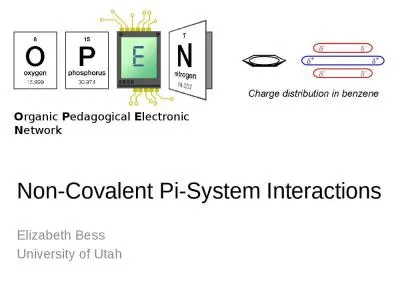PPT-Accentuating Time in Student-Professor Interactions:
Author : trish-goza | Published Date : 2016-09-07
Time Value and Course Quality Dr Ann V Doty Removing Amorphous V alue of instructional contact time spent by students Can and do faculty predict Time spent on
Presentation Embed Code
Download Presentation
Download Presentation The PPT/PDF document "Accentuating Time in Student-Professor I..." is the property of its rightful owner. Permission is granted to download and print the materials on this website for personal, non-commercial use only, and to display it on your personal computer provided you do not modify the materials and that you retain all copyright notices contained in the materials. By downloading content from our website, you accept the terms of this agreement.
Accentuating Time in Student-Professor Interactions:: Transcript
Download Rules Of Document
"Accentuating Time in Student-Professor Interactions:"The content belongs to its owner. You may download and print it for personal use, without modification, and keep all copyright notices. By downloading, you agree to these terms.
Related Documents

